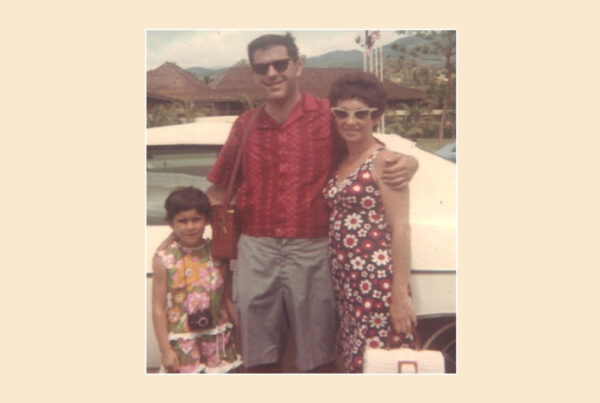 Recently, I was cleaning out my junk drawer in our kitchen, and it got me thinking…
Recently, I was cleaning out my junk drawer in our kitchen, and it got me thinking…
How had I accumulated notepads, taco sauce packets, and broken door handles from my great aunt’s apartment? Why did I feel the need to hoard five pairs of scissors, three hammers, and two extra dog collars?
Did I strategically plan to stockpile various tape brands in the kitchen… or use Thomas Goetz’s decision-making tree in deciding to place the Nyquil next to the wrench? (I think not).
Then, it occurred to me that our junk drawers provide a perfect metaphor for how we sell. Your junk drawer, like your sales and sales training process, undergoes a natural sort of entropy. We litter them with ideas, metrics, and white papers; we pile on more information and clutter our slide decks. We assume if one taco sauce is good, fifty must be better.
The problem? Just as too much taco sauce causes indigestion, too much information causes indecision.
Managers: Declutter Your Sales Training Approach
According to neuroscientist Daniel Levitin:
“Our phones and computers are just like our junk drawers, but thousands of times more disorganized. We have files we don’t know about, others that appeared mysteriously by accident when we read an email and multiple versions of the same document; it’s often difficult to tell which is the most current.”
Unfortunately, most training programs are no different.
Your training program, like a junk drawer, typically becomes more disorganized over time. Take time to reflect and ask yourself these questions:
- Do you still need outdated frameworks? Do they energize sellers and increase deal success?
- Are your communications cluttered? Do you overload with excessive teaching?
- Do you accumulate identical things unnecessarily? Are your stories and anecdotes repetitive?
- Are you open to new ideas and outside help to stay fresh?
Our job as sales leaders is no longer to simply teach information to our sales teams – it’s to help them filter, assimilate, prioritize and apply that information to win deals on a consistent basis.
But how do you know what information to teach or how to best teach it?
To build an effective training and coaching program, you need Four Pillars:
- Education
- Entertainment
- Facilitation
- Coaching
Each person has a dominant pillar, and identifying yours can lead to partnering with someone strong in a different pillar for a productive learning experience.
Discover your dominant pillar and grab your free workbook here. It’s time to elevate your training and achieve results.
Sellers: Declutter Your Prospects’ Buying Process
Customers would rather make no decision than make the wrong decision. Trying to figure out what they need to know and what they can ignore is exhausting.
So how do sellers cut through the clutter and guide buyers to a decision?
According to stunning new research presented by Gartner, we can divide selling behaviors into three approaches.
- Giving– These sellers operate under the more is a better premise. The problem: You confuse them you lose them
- Telling– These sellers tell customers their perspectives based on their experience rather than empathizing with the needs of the customer
- Sense-Making–These sellers refrain from piling on more information. Instead, they make sense of the information the customer already has. They help the customer filter, assimilate, and apply information to make an informed decision. These sellers don’t merely focus on what to say, but they assist the customer in what they need to do to win the political support of other decision-makers.
Sales conversations get cluttered as well: we add a little of Tom, a bit of Sally, whitepapers, articles, and statistics from the marketing department.
Every so often, you should take time out and ask yourself the following questions:
- Do I really need to hold on to this 50-slide PowerPoint, white paper, or case study anymore? Does it provide clarity? Does it differentiate my offering, is it easy to understand?
- Are my communications direct? Do my emails and conversations identify exactly what’s in it for the customer and what action we’d like them to take?
- How might I streamline my sales conversations? Our sales conversations get cluttered as well.
As humans, we fall prey to old habits. We must consciously look at areas of our lives that need cleaning up, and then methodically and proactively do so. And then keep doing it. The key to embracing change is having faith that when we get rid of the junk and clutter, something or someone even more powerful will take its place.





